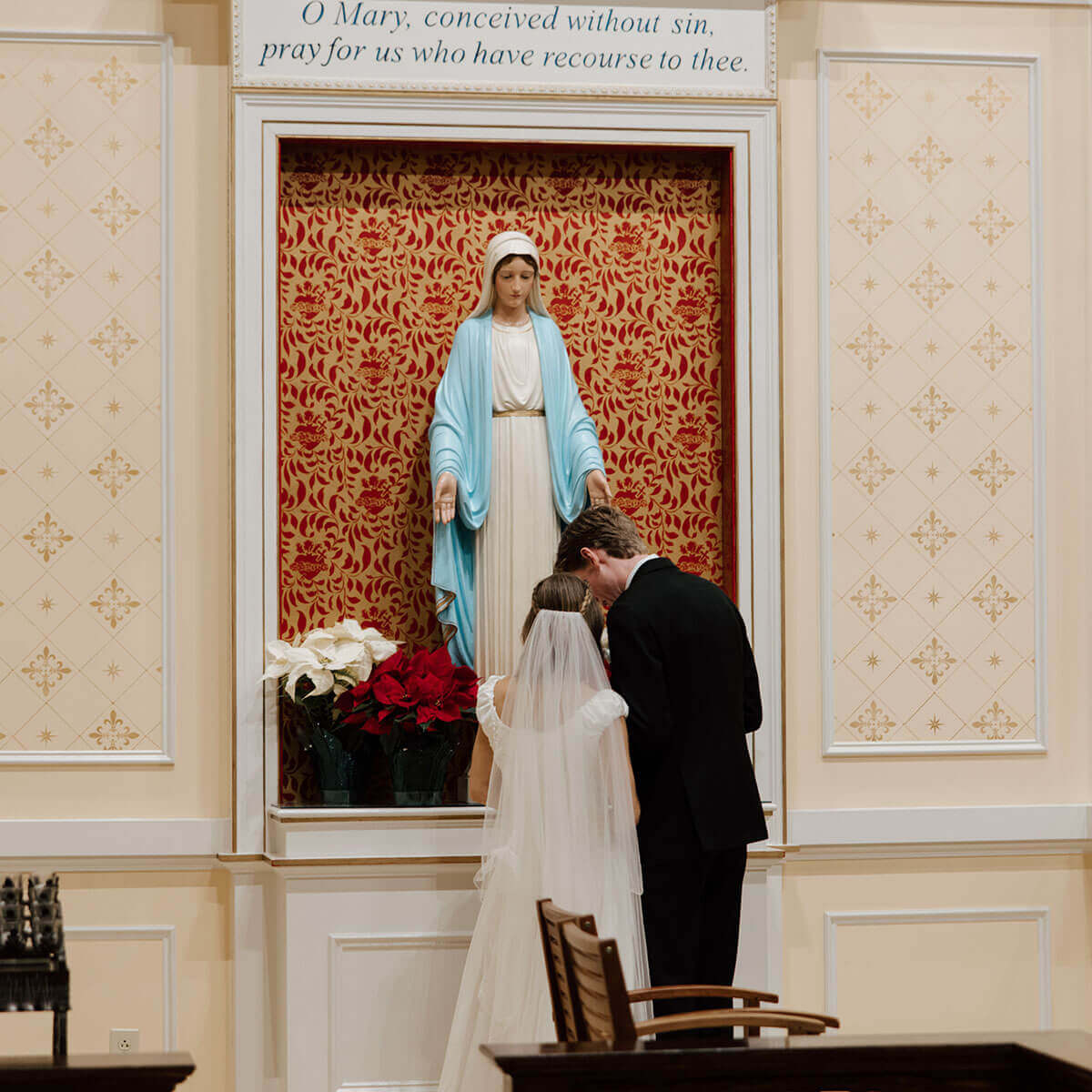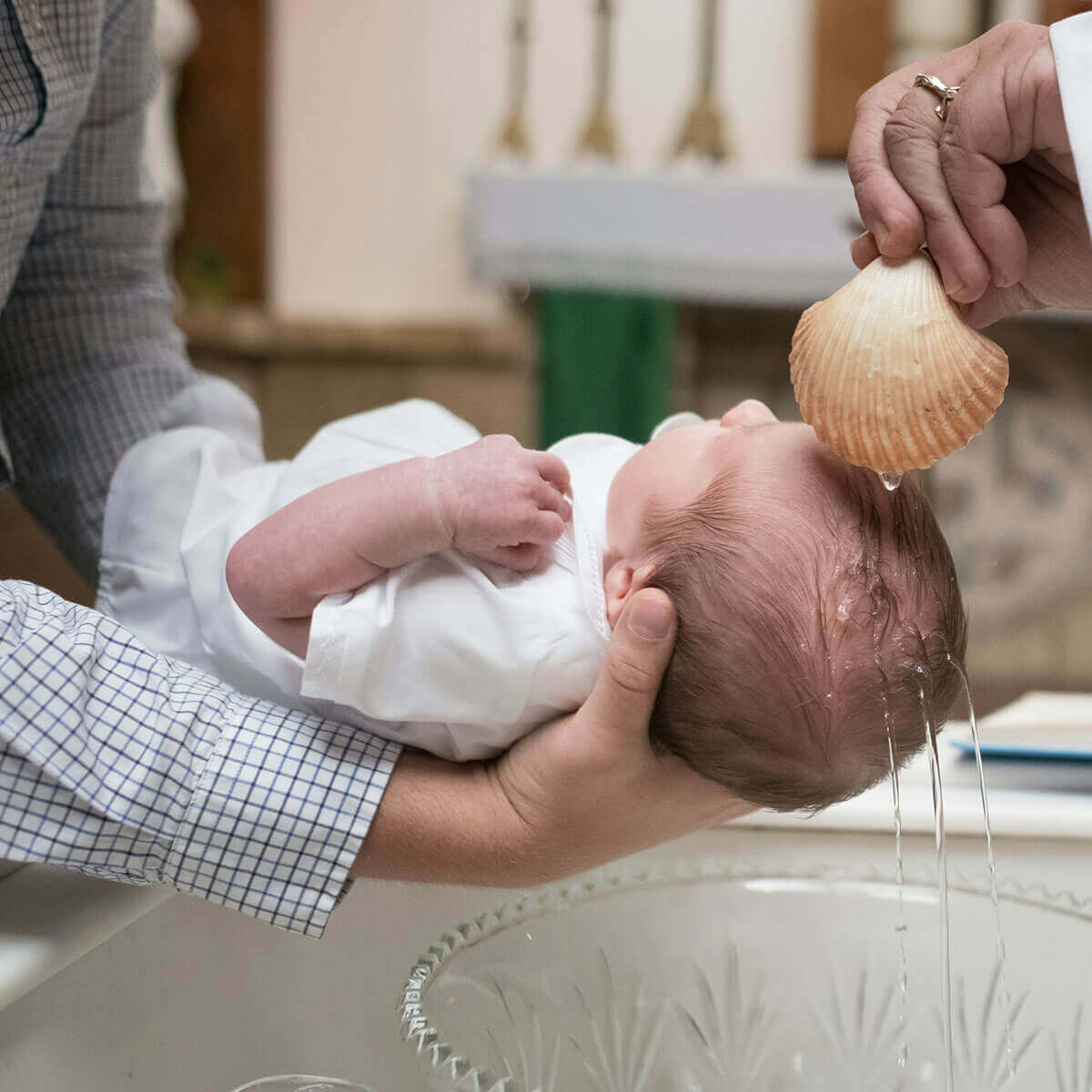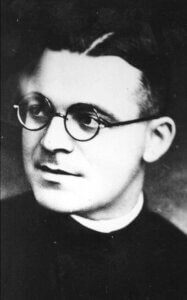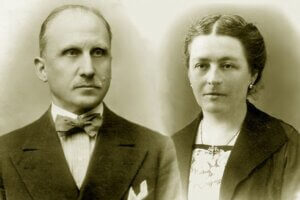Step I: Servant of God
After a holy man or woman dies, five years must elapse before their cause can be considered. This allows for objectivity and ensures that they have an enduring reputation for sanctity. This five-year waiting period can be waived by the pope.
When five years have lapsed, the bishop can officially open the cause, with the approval of the Holy See, and the person is declared a “Servant of God.”
Step II: Venerable
The bishop then forms a diocesan tribunal to investigate the life and virtues of the potential saint—or the details of the martyrdom if he is a martyr.
The results of this investigation are sent to the Congregation for the Causes of Saints in Rome. Upon a favorable review of the cause, the Prefect of the Congregation presents the results to the pope, who then declares the person “Venerable.”
Fun Fact: If a saint died a martyr, he is declared Blessed rather than Venerable at this stage and gets to skip straight to Step IV!
Step III: Blessed
In order for a Venerable to graduate to Blessed, a miracle must be attributed to his intercession. Once this miracle has been rigorously investigated and verified, the pope beatifies the Venerable and grants him limited public veneration, usually just in the diocese or religious order to which he belonged. As mentioned above, no miracle is necessary for the beatification of a martyr.
Step IV: Saint
One more miracle is required for canonization, both for martyrs and non-martyrs. With the investigation and verification of this final miracle, the pope is able to canonize the saint, who is granted universal public veneration in the Church.
Of course, the very first step in becoming a saint is admitting that you can become one. In Saints at Heart, you will learn the stories of ordinary men and women who—faults and all—ascended the ladder of sanctity. You’ll also learn how you—yes, you—can follow them. Pick up your copy of Saints at Heart today!

























